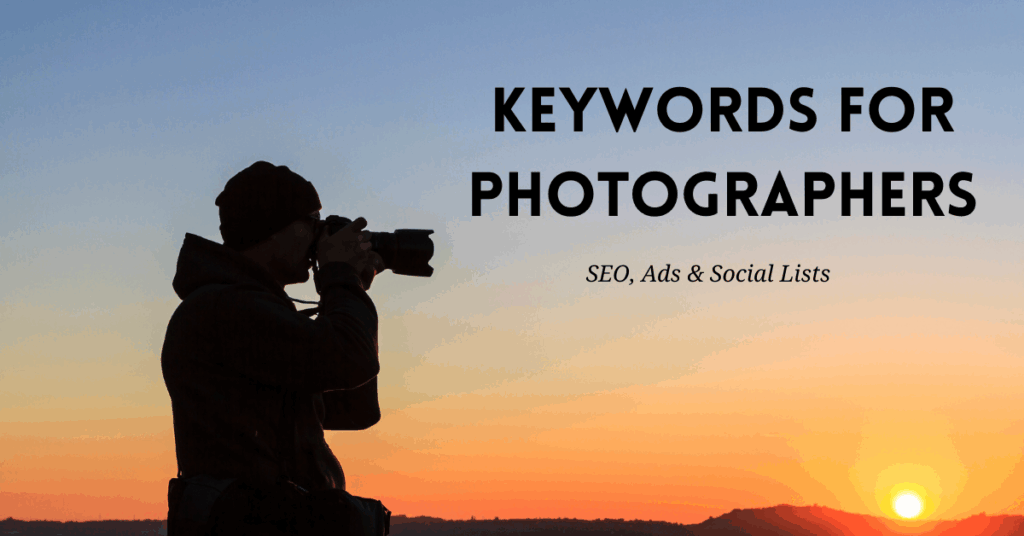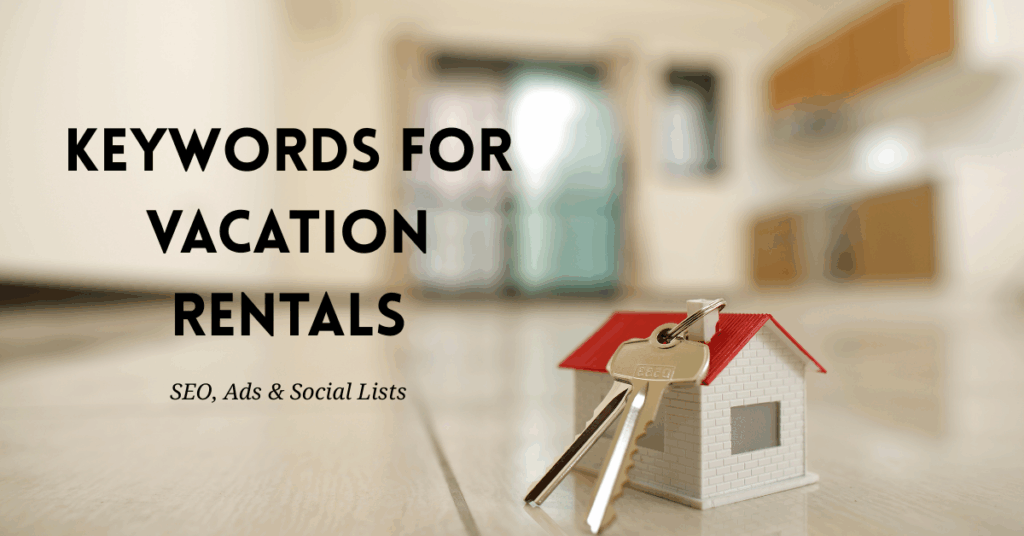
Brand Marketing vs Content Marketing: Why You Need Both
In a country where 94% have internet access, digital marketing is the way forward for most companies. There’s a good reason why Canada’s ad spending
All Blogs

Brand Marketing vs Content Marketing: Why You Need Both
In a country where 94% have internet access, digital marketing is the way forward for most companies. There’s a good..

Keywords for Chiropractors
Finding the right keywords is the foundation of a successful online strategy for Chiropractors. Using targeted keywords helps improve visibility,..

Keywords for Computer Repair
Choosing the best keywords for computer repair is essential for attracting more clients through Google, social media, and ads. Whether..

Technical SEO vs. Content SEO: Which Is More Important?
Choosing between Technical SEO vs. Content SEO is a common challenge for website owners. Balancing both strategies is crucial, as..

Google Map Citations for Local SEO To Improve Local Rankings
Google Map Citations for Local SEO are essential for businesses that want to reach more people. These citations are like..

Which Industries Are Best Suited for SEO? Top Sectors Revealed
Many business owners ask which industries are suitable for SEO. The truth is, that almost every type of business can..

How Much Does Dental SEO Cost: A Comprehensive Guide
The price of dental SEO fluctuates based on many factors like location, competition and your dental office. A lot of..
Our SEO company helped businesses generate more traffic and revenue from search.
Featured Blogs

Brand Marketing vs Content Marketing: Why You Need Both
In a country where 94% have internet access, digital marketing is the way forward for most companies. There’s a good reason why Canada’s ad spending

Finding the right keywords is the foundation of a successful online strategy for Chiropractors. Using targeted keywords helps improve visibility, drive qualified traffic, and increase

Choosing the best keywords for computer repair is essential for attracting more clients through Google, social media, and ads. Whether you run a local tech

SEO Keywords for Photographers
Finding the right SEO keywords is the foundation of any strong photography marketing strategy. Whether you specialize in portraits, weddings, or commercial shoots, strategic keyword

You can’t build a solid house without a blueprint, same goes for online visibility. If you’re a contractor trying to get found online, keywords are

Effective keyword selection is the cornerstone of digital success for vacation rental owners and property managers. Whether you operate a beachfront villa or a city
Stay Connected
Core Services
Marketing Services
Headquarters (USA)
Stay Connected
Locations We Serve
Headquarters (USA)
Industries
2026 © Cansoft Technologies Corporation | All Rights Reserved